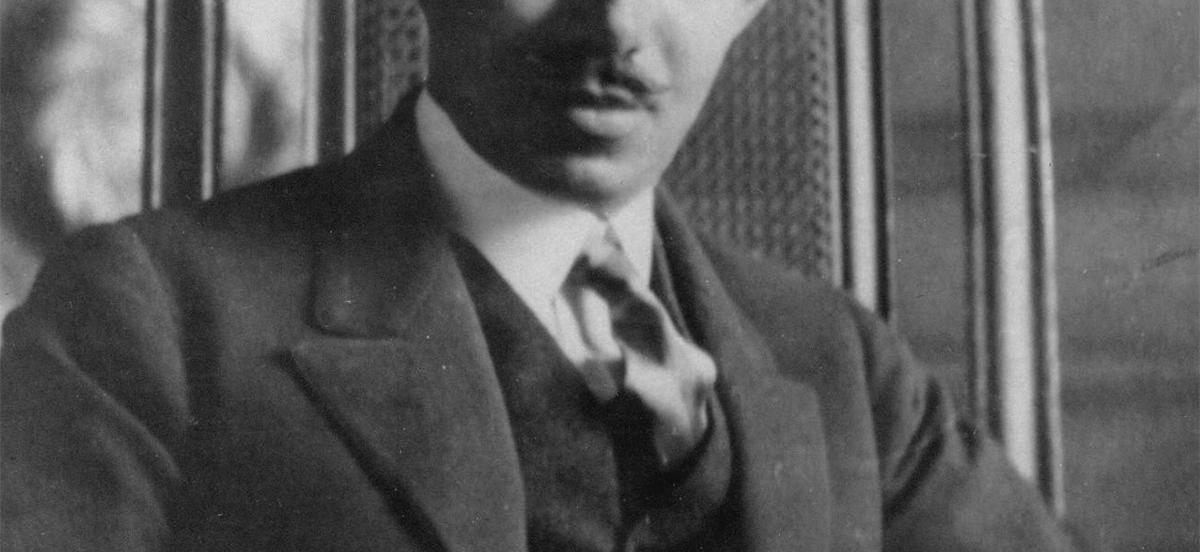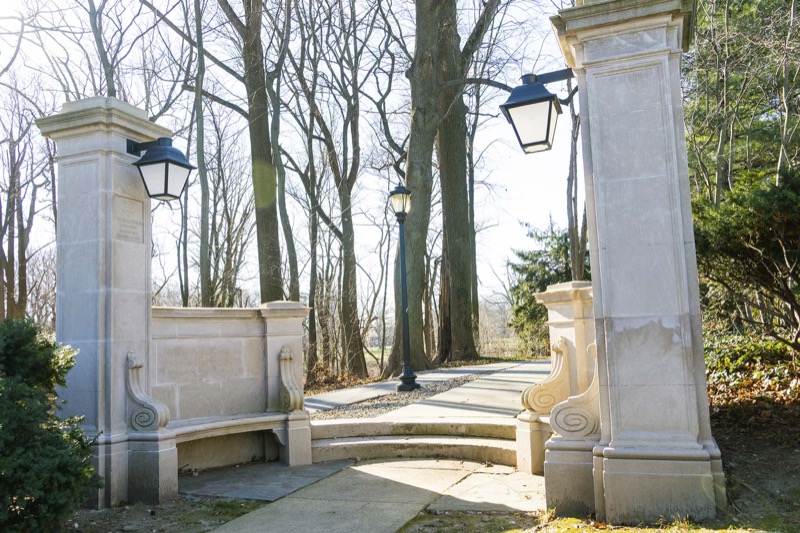New Research Uncovers Noted Local Designer of Campus Gate

Architect Julian Abele (1881–1950)
Photo: Duke University Archives
Details
The designer of the famous "Rocky steps" at the Philadelphia Museum of Art (and the first African American graduate of the University of Pennsylvania's architecture program) designed Haverford's Edward B. Conklin Gate.
Noted Philadelphia architect Julian Abele (1881–1950), the first African American graduate of the University of Pennsylvania's Graduate School of Fine Arts, designed hundreds of prestigious public buildings and private Gilded Age mansions. His designs include everything from Duke University's west campus and Harvard University's Widener Memorial Library to the Free Library of Philadelphia and the Philadelphia Museum of Art (including its famous "Rocky steps"). The New York City home he designed for tobacco millionaire James Buchanan Duke—declared the "costliest home" on Fifth Ave. by The New York Times in 1912—is now part of NYU. But one of his first accomplishments was actually built on Haverford College's campus.

New research by Audrey A. and John L. Dusseau Professor in the Humanities and Professor of Fine Arts William Earle Williams uncovered that the Edward B. Conklin Gate, which sits on Railroad Avenue, was designed by the noted Philadelphia architect in 1901 while he was still a student at Penn. (He would graduate a year later.) Furthermore, Abele earned the assignment by winning a competition to design the gate, which was given as a memorial the titular member of Haverford's Class of 1899 who died in 1900.
"I had gone by this gate many times and had no idea it was designed by Abele and that it was his first commission that had been built," says Williams.
It wasn't just Williams who was ignorant of Abele's contribution to campus. A 1999 Historic Resources Campus Survey lists the gate's designer as "unidentified" and guesses that it might have been the work of Walter Mellor (Class of 1901), based on its style and the fact that Mellor was part of a group of alumni architects who worked on campus building projects over the years. Other sources, including the Penn Alumni Register, accurately attribute the design to Abele.
Williams uncovered the truth of the gate's genesis while preparing a keynote talk for the December 17th dedication of a plaque in Abele's honor at Penn State Abington's Sutherland Hall, which the architect also designed.
"I will never again pass the Conklin Gate without thinking of the linked memories of Abele and Conklin," he says.
—Rebecca Raber
For more on this story, read The Philadelphia Inquirer's story on Abele, the campus gate's history, and William Earle Williams.



